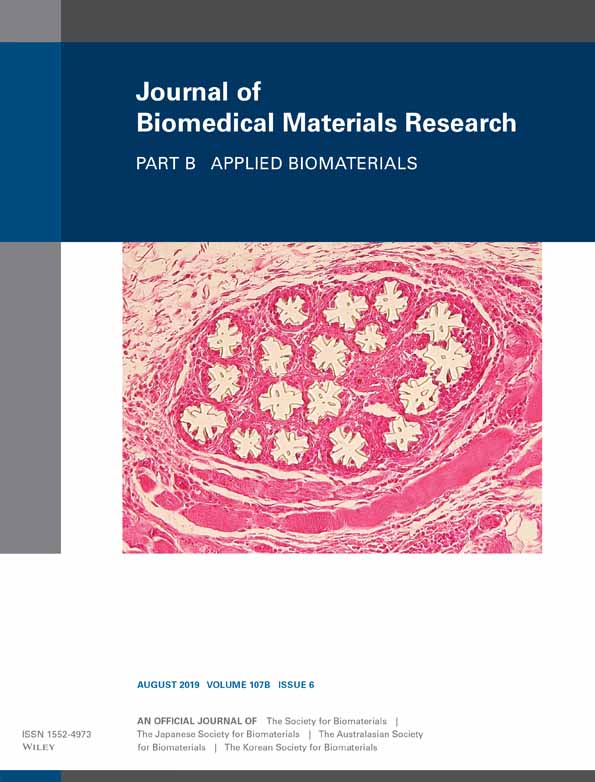Evaluation of magnesium alloys for use as an intraluminal tracheal for pediatric applications in a rat tracheal bypass model
Abstract
Tracheal stenting currently using non-degradable stents is commonplace for treatment of trauma, prolonged intubation related adult airway obstructions, and pediatric patients-associated tracheal stenosis conditions. Degradable tracheal stent placement will avoid complications of stent removal and restenosis. Widespread reports exist on degradable magnesium alloys success for orthopedic and cardiovascular applications but none to date for intra tracheal use. This research explores the use of pure Mg, AZ31, and Mg-3Y alloys for degradable tracheal stent assessment. In vitro evaluation of magnesium, prototype stents in a bioreactor simulate the airway environment and corrosion. Micro-CT imaging and biocompatibility evaluation helped assess the 24-week degradation of intraluminal alloy stents following implantation in a rat tracheal in vivo bypass model. Histological analysis indicate tissue response of the harvested stented trachea segments after each time point. Corrosion studies for each alloy indicate significant differences between the simulated and control in vitro conditions. AZ31 exhibited the lowest volume loss of 6.8% in saline, while pure Mg displayed the lowest volume loss of 4.6% in simulated airway fluid (SAF), both at 1-week time points. Significant differences in percentage of total volume lost after 6 months were determined between the alloys over time. MgY alloy displayed the slowest corrosion losing only 15.1% volume after 24 weeks of immersion. Additionally, in vitro magnesium alloy corrosion was not significantly different from the percentage of total volume lost in vivo at 1-week time point. The study demonstrates promise of magnesium alloys for intraluminal tracheal stent application albeit viability of a clinically translatable model warrants further studies. © 2018 Wiley Periodicals, Inc. J Biomed Mater Res Part B: Appl Biomater 107B: 1844–1853, 2019.




